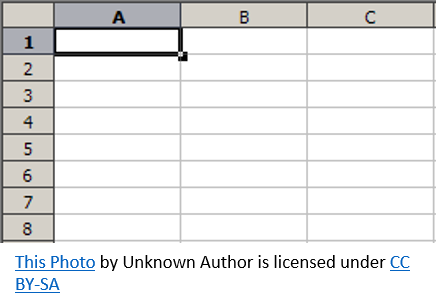In a recent presentation, I made at the American Strategic Management Institute’s Budgeting and Forecasting Summit in Dallas I spoke about driver-based planning. One of the interesting things about driver-based planning is there does not seem to be a consensus about the definition of driver-based planning. I have seen different definitions or explanations from very credible sources, so a better way of understanding what driver-based planning really might be to look at examples. Before we do that, let’s take a quick look at some widely publicized versions of a working definition.
Alight Planning, makers of a software package created specifically to facilitate ‘Agile Planning’, says in one of their white papers, “Driver-based planning is a best practice methodology where financial plans are structured using models of underlying business activities.” Yet another explanation is offered by Oracle Hyperion, who says, “With driver-based planning capabilities, nonfinancial users can enter business and operational drivers, while sophisticated business rules will then calculate their financial impact.” Both Alight and Oracle are credible sources of information regarding corporate planning applications. After all, that is their business, literally. Both definitions are similar enough that to split hairs over whose definition is ‘better’ is a waste of time.
My favorite quote that encapsulates what any kind of planning should focus on is actually not from someone who works in the business world at all. Rather, a great summary of what planning should focus on comes from an academic, a Stanford University professor that most people refer to as a futurist. Paul Saffo, Director, Institute for the Future at Stanford University says, “The goal of forecasting is not to predict the future but to tell you what you need to know to take meaningful action in the present.”
Isn’t the real, underlying, reason we make plans in the first place to inform our decision making? There is nothing wrong with information for information sake. It can be informative, entertaining and often very interesting. But, in the context of business, planning should be a function that facilitates better decision making. To the extent your planning enables you to take action to improve your business you’re headed in the right direction, regardless of whose definition of driver-based planning you subscribe to.
We will examine other definitions of driver-based planning and how they may apply to your business in future articles, so stay tuned.






One thought on “Defining Driver-Based Planning”
John,
Thanks for the mention in the blog! Also, I enjoyed the ASMI presentation – I am totally on the same page. There really is no clear definition of driver-based planning out there these days and yet it’s one of the biggest buzz words out there – maybe an industry pundit needs to write a “The Definitive Guide to Driver-Based Planning” – an eBook?
In the meantime, here’s a link to our most popular blog post on driver-based planning so far:
http://blog.alightplanning.com/bid/70172/Driver-Based-Planning-How-is-it-Defined
I am inspired. So, I’m thinking about how I might set up a guest post on your blog. I love your titles as well – very nice!